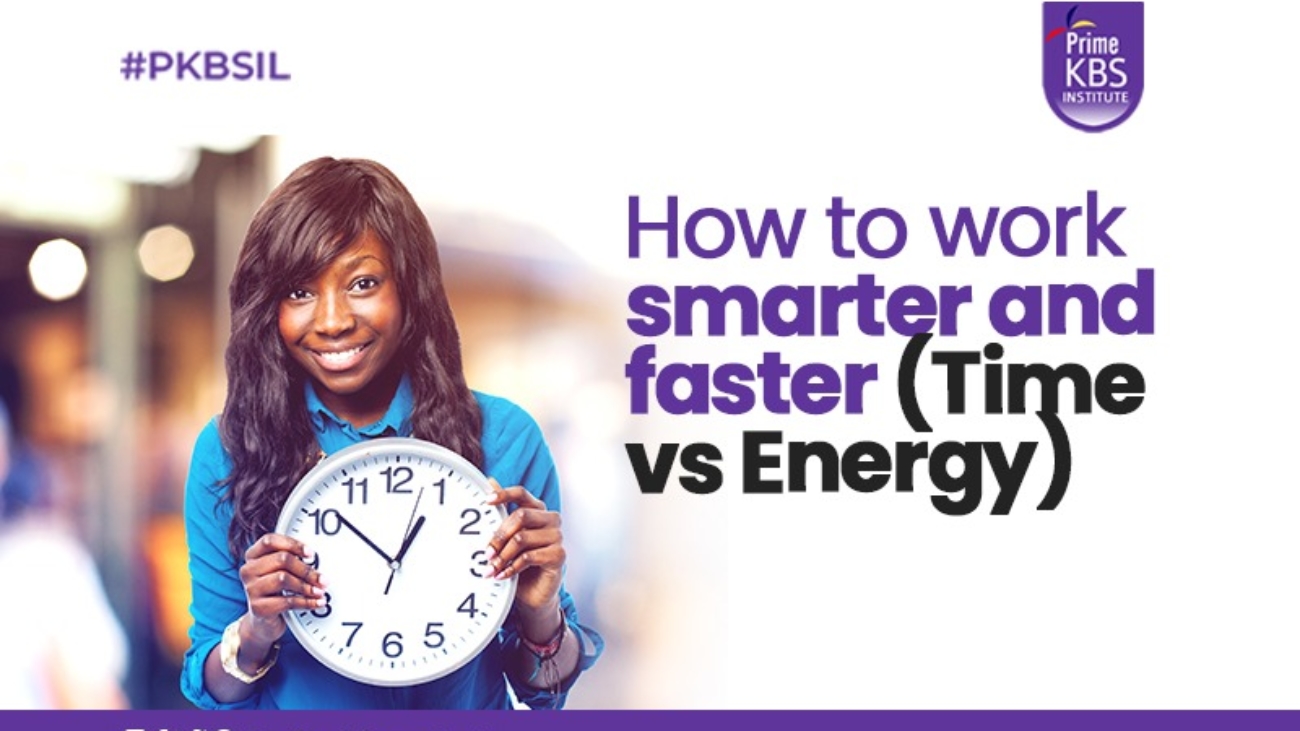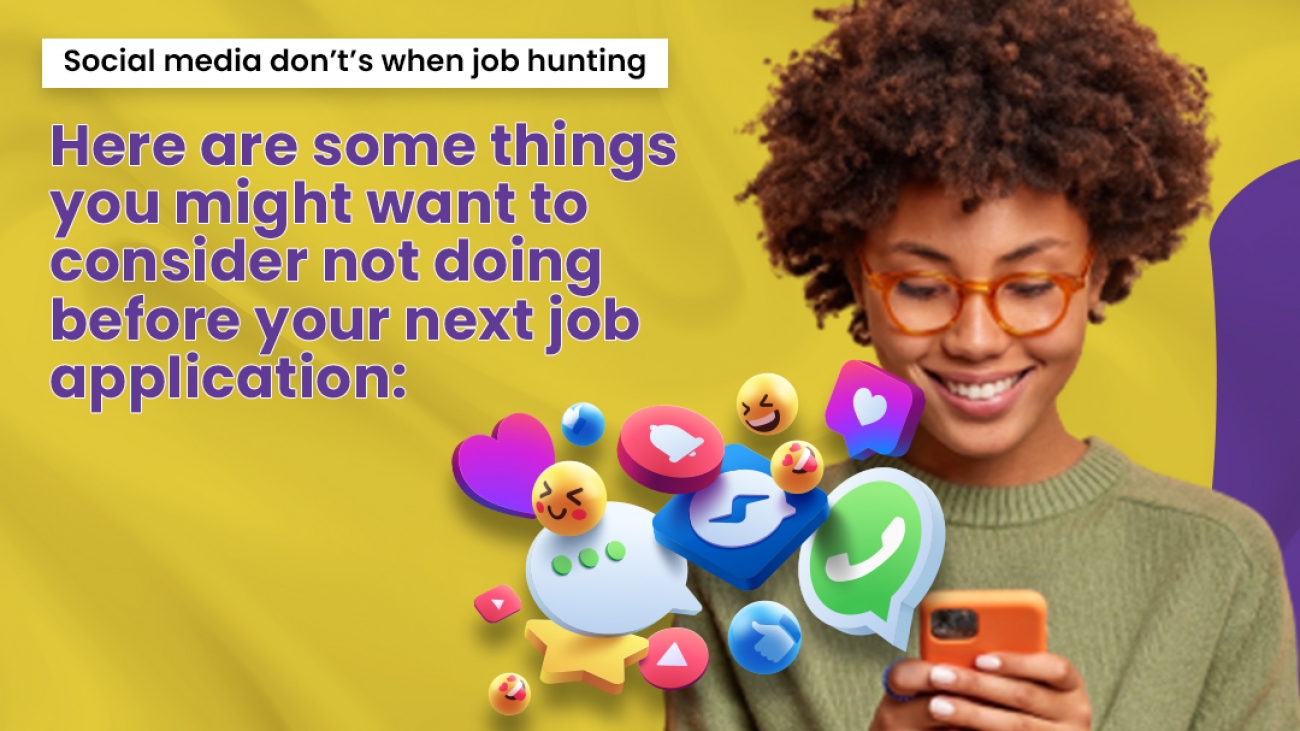As a remote worker, you find yourself so glued to your digital screens, giving out and consuming so much stuff through your digital devices that we often overlook the harmful consequences of excessive screen time.
Excessive exposure to your digital screens has long-term harmful effects such as physical strain to your eye, migraine, sleep deprivation, loss of cognitive ability, and even impaired brain development.
It would be nearly impossible to live without digital devices now that they have become such an integral part of our daily lives. Furthermore, going to such lengths is unnecessary; merely limiting your screen time and managing it properly can protect you from the negative effects of excessive screen time.
Here are a few ways you can limit excessive and harmful screen usage:
- Figure out where you spend most of your time: Examine the windows on your computer to see where you spend most of your time. Document where you’ve been and what you’ve been doing to better understand your patterns. Estimating the amount of time you spend gaming or working can help you figure out when to stop. Screen time can be easily tracked because most devices have built-in capabilities that perform the work for you—iOS has Screen Time, and Samsung devices have Digital Wellbeing, other android devices also have their respective software applications that will help you measure your screen time.
- Establish your priorities: Consider what is more important than spending all of your time staring at a device. Set clear priorities and set aside time for friends and family, personal goals, and other activities that do not entail utilizing a screen. Socialize and communicate with your co-workers/friends more often via audio call/ physical interaction to balance your work and limit screen time.
- Take frequent breaks away from your digital device: If you can’t reduce your screen time by working fewer hours during the day, make sure you take frequent computer breaks. You can relieve Strain by softly covering your open eyes with your palms and allowing them to acclimate to the darkness for about a minute. You can also take a break from your desk by going to the restroom, filling your water bottle, or getting a snack. Allow your eyes to acclimate to the natural light in the room during these few minutes away from your desk.
- Avoid using multiple screens at a time: Even though working on only one screen is tough for many individuals, it is something that everyone should strive towards. It is scientifically known that working via several screens excites the brain excessively, generating mental exhaustion and tiredness. Multiple screens and devices also reduce productivity and put additional strain on your eyes. Use numerous displays and devices at work only when essential. Stop doing things like watching TV while constantly checking your phone outside of work.
- Make use of time-saving software: One of the smartest methods to reduce screen time is to automate monotonous tasks that keep you glued to your computer screen. There’s almost always software to make your tasks easier and faster, research the one that will work for you.
- Protect yourself: Know how to protect yourself from the dangers of blue light your eyes are exposed to while working on your digital screens. Blue-light filtering glasses can help alleviate some of the symptoms linked with prolonged usage of digital gadgets. Also, learn to make use of your device software that makes it possible for you to reduce the screen’s brightness. Adjusting your screen light to match the setting you are in goes a long way to help you limit the strain on your eyes.
It’s critical for a remote worker to understand when and how to restrict screen usage in order to stay healthy and productive at work.
As a remote worker, you should be aware of how to take care of your health during work hours, from taking frequent breaks to avoiding the hazardous side effects of blue light.











